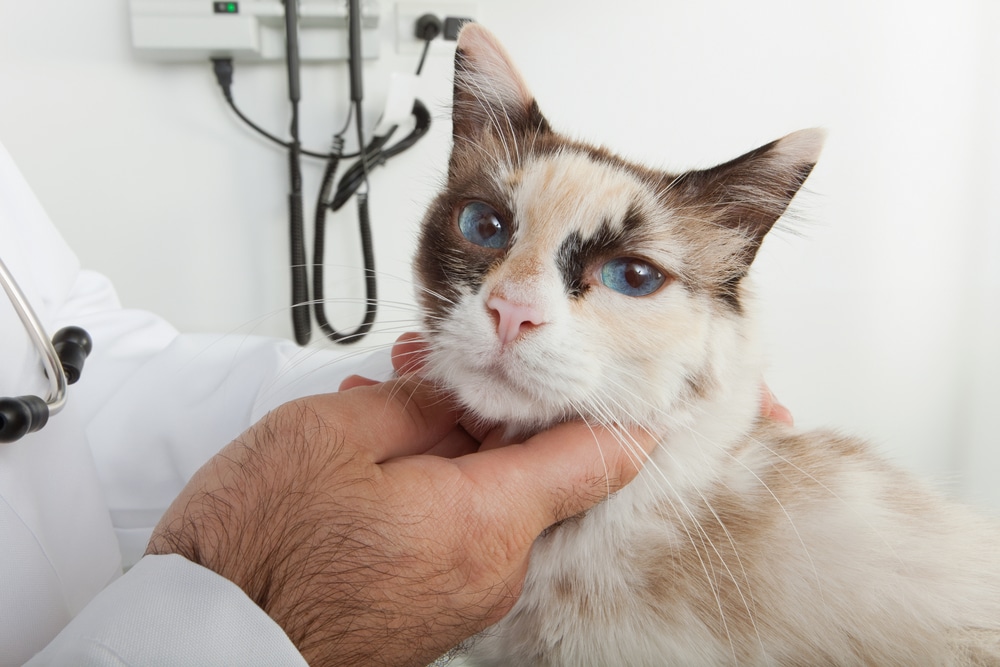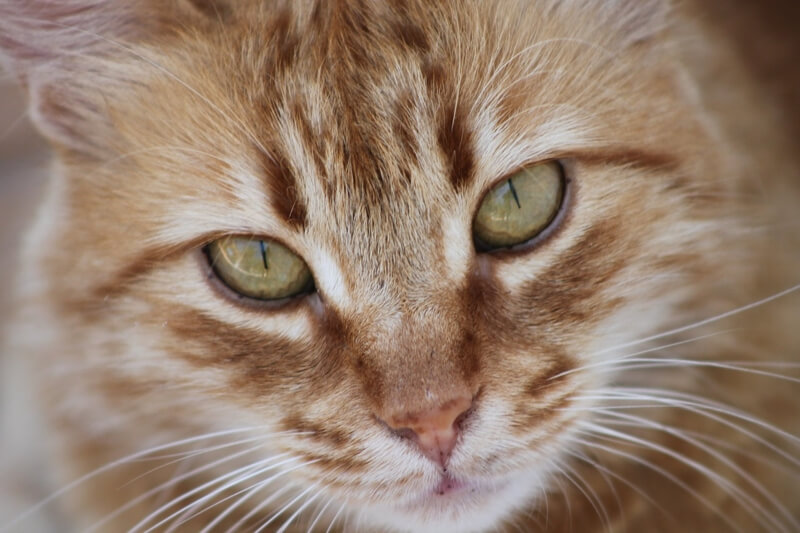nasal lymphoma in cats symptoms
Cats with lymphoma may have an increased or decreased appetite or you may notice no change in appetite. Decreased appetite Weight loss Lack of interest in normal activities Difficulty breathing through nasal passages Increased attempts to breath through the mouth Facial swelling.
Nasal or facial swelling or deformity Lack of appetite Nausea vomiting or diarrhea Weight loss Loud breathing Mouth breathing or panting Exercise intolerance Weakness or lethargy Difficulty breathing Collapse or fainting Facial pain and related vocalizations Behavior changes Circling difficulty walking or confusion Seizures Types.
. Cats are quick to lick their noses so close attention to your pet is necessary when you first notice a runny nose. Most cats develop feline nasal lymphoma when they are young. The symptoms of cat lymphoma will vary based on the organ system that is affected.
8 12 14 19 A discrepancy in immunologic characterization of feline nasal lymphoma has been noted. It is not at all common in Western countries and when it is discovered it is typically found in populations with ethnic backgrounds in Asian and Latin American countries where it is much more prevalent. To help you better understand this disease going forward lets break it down to each lymphoma type.
Some cats have a decrease in appetite some have an increased appetite while others have no change in appetite. Odd head movements or a loss of grace or balance. Depending on where the lymphoma is present initial signs can range from nonspecific problems such as weight loss poor appetite and lethargy to concerns such as difficulty breathing nasal discharge masses on the skin or seizures.
Other times symptoms are very pronounced. The symptoms of lymphoma in cats vary slightly depending on the site thats affected although all types of lymphoma in cats can cause weight loss lethargy and a poor dull or greasy coat. Cats with nasal lymphoma often develop chronic nasal discharge sneezing and loud breathing.
Nasal discharge is the most common clinical sign of a nasal tumor. Also check their bedding and blankets for nasal discharge. Renal Lymphoma in Cats.
If your cat has mediastinal lymphoma youre most likely to notice respiratory problems like difficulty breathing gasping or wheezing. Weight loss Lethargy Poor appetite While older cats are most often affected lymphoma can happen at any age. The most common presenting complaints for cats with this cancer include nasal discharge nasal bleeding epistaxis facial deformity swelling sneezing abnormal breathing sounds due to airway obstruction ocular abnormalities anorexia lethargy weight loss and difficulty chewing.
Ten cats displayed multiorgan involvement and in 2 of these the involvement was limited to the cerebellum and frontal cortex respectively. You may also notice a bulge or bump forming over the bridge of the nose. All cats were treated with megavoltage radiation therapy to a total dose ranging from 22 to 48 Gy median dose 42 Gy.
A CT scan and biopsy are required to diagnose nasal lymphoma. How is nasal lymphoma diagnosed. Systemic spread is only occasionally reported.
It is most common in cats between 5 and 9 years of age. In this case cell hyperplasia occurs in different parts. Symptoms go unnoticed for years making it harder to treat the cancer.
Renal Lymphoma These symptoms often include weight loss change in appetite increased thirst vomiting changes in urinary habits and even neurological symptoms. Other symptoms are common depending on where the cancer invades. The records of 19 cats treated for stage I nasal lymphoma with radiation therapy and chemotherapy were reviewed to determine response to therapy treatment outcome and possible prognostic indicators.
The following signs and symptoms may indicate that a cat has developed this kind of cancer. Symptoms depend on how advanced the growths have become but may include. One or both eyes may become red or painful.
Affected cats often develop weight loss vomiting and diarrhea. Nasal lymphoma is the most common nasal tumor in cats exceeding other neoplasms and inflammatory diseases in recent studies. The general symptoms in all cases are apathy weight loss and eating problems.
For example if lymphoma occurs in the kidneys it will cause increased thirst and urination. 14 19 Nasal lymphoma is reported as generally restricted to the nasal cavity. Regardless of the site some symptoms are common to all lymphomas.
Lymphoma can affect the kidneys as well. The discharge may contain mucous pus and blood. Appetite loss or sudden weight loss Irritability Vomiting Diarrhea Lethargy Refusing to be touched Appearance of swollen or hard lumps in the abdomen.
Respiratory distress is typical of mediastinal lymphoma. Here are some things to watch for. Symptoms of Feline Nasal Lymphoma Multicentric Feline nasal lymphoma attacks the lining of the nasal cavity.
The most affected area is usually the nasal cavity and this variant is accompanied by strange secretions and difficulty breathing. Of the tumors 41 of 50 82 were classified as nasal lymphoma 5 of 50 10 were classified as nasopharyngeal lymphoma and 4 of 50 8 involved both nasal and nasopharyngeal tissue. Therefore clinical signs of lymphoma are often similar to other intestinal diseases.
The central nervous system nasal cavity skin kidneys and other areas. When this happens some of the signs are. The causes of lymphoma in cats.
Symptoms of Nasal Lymphoma in Cats Symptoms of nasal lymphoma can sometimes be scarce. This subtype of non-Hodgkins lymphoma is of course of T-cell origin and is considered a very rare NHL variant. What are the clinical signs of nasal lymphoma.
Symptoms include vomiting diarrhea weakness and lack of appetite or refusal to eat. It is most common in felines between the ages of 5 and 9. The most affected area is usually the nasal cavity and this variant is accompanied by strange discharge and difficulty breathing.
Just as peoples faces make some odd expressions when a sneeze is about to occur health issues with a cats nose could leave him in a perpetual pre-sneeze state with irritation or tickling in his nostrils.
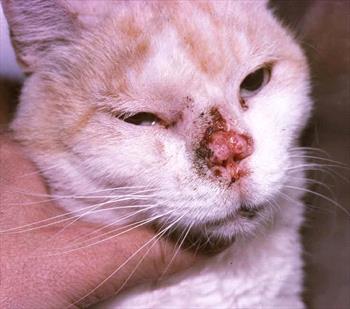
Nasal Squamous Cell Carcinoma In Cats Veterinary Partner Vin

Feline Nasal Lymphoma Ryan Roberts 2013 Veterinary Nursing Journal Wiley Online Library
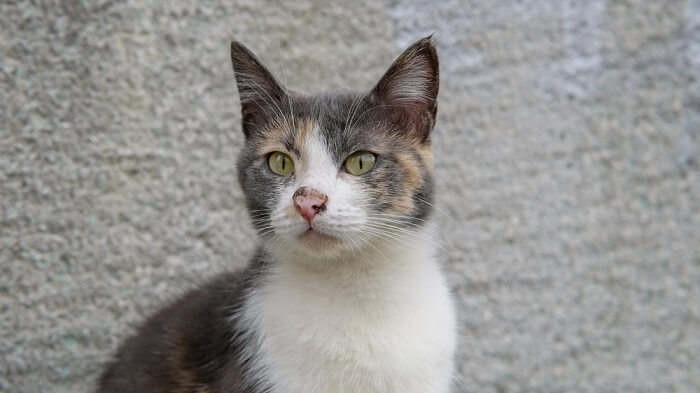
Nose Cancer In Cats Causes Symptoms Treatment All About Cats

Understanding Lymphoma In Cats

Nasal Lymphoma In Cats A Guide Canna Pet
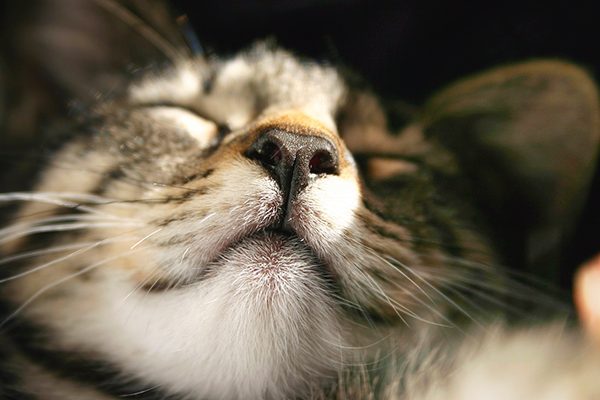
Learn About Nasal Cancer In Cats Petcure Oncology
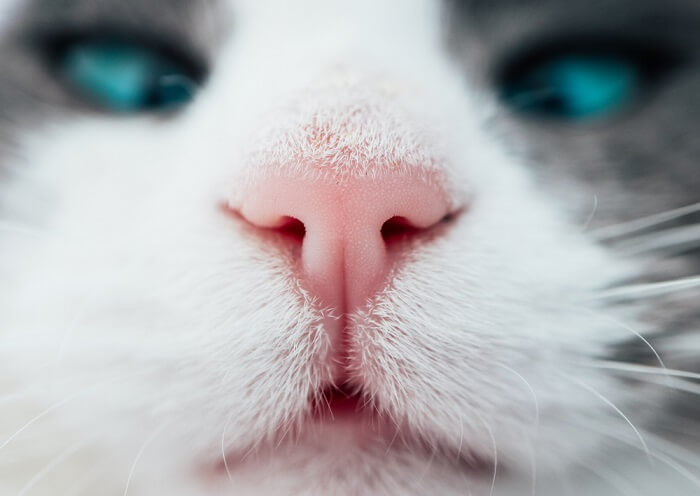
Nose Cancer In Cats Causes Symptoms Treatment All About Cats
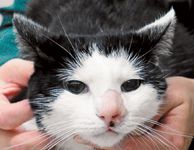
Canine And Feline Nasal Tumors

Nose Cancer In Cats Causes Symptoms Treatment All About Cats

Lymphoma In Cats Symptoms Diagnosis Treatment All About Cats

Nasal Lymphoma In Cats A Guide Canna Pet
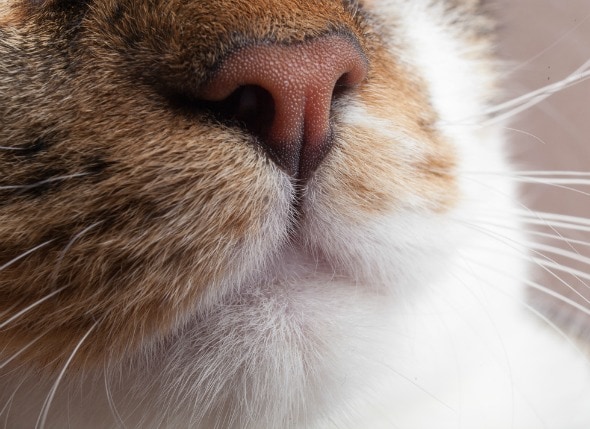
Nose And Sinus Cancer Squamous Cell Carcinoma In Cats Petmd
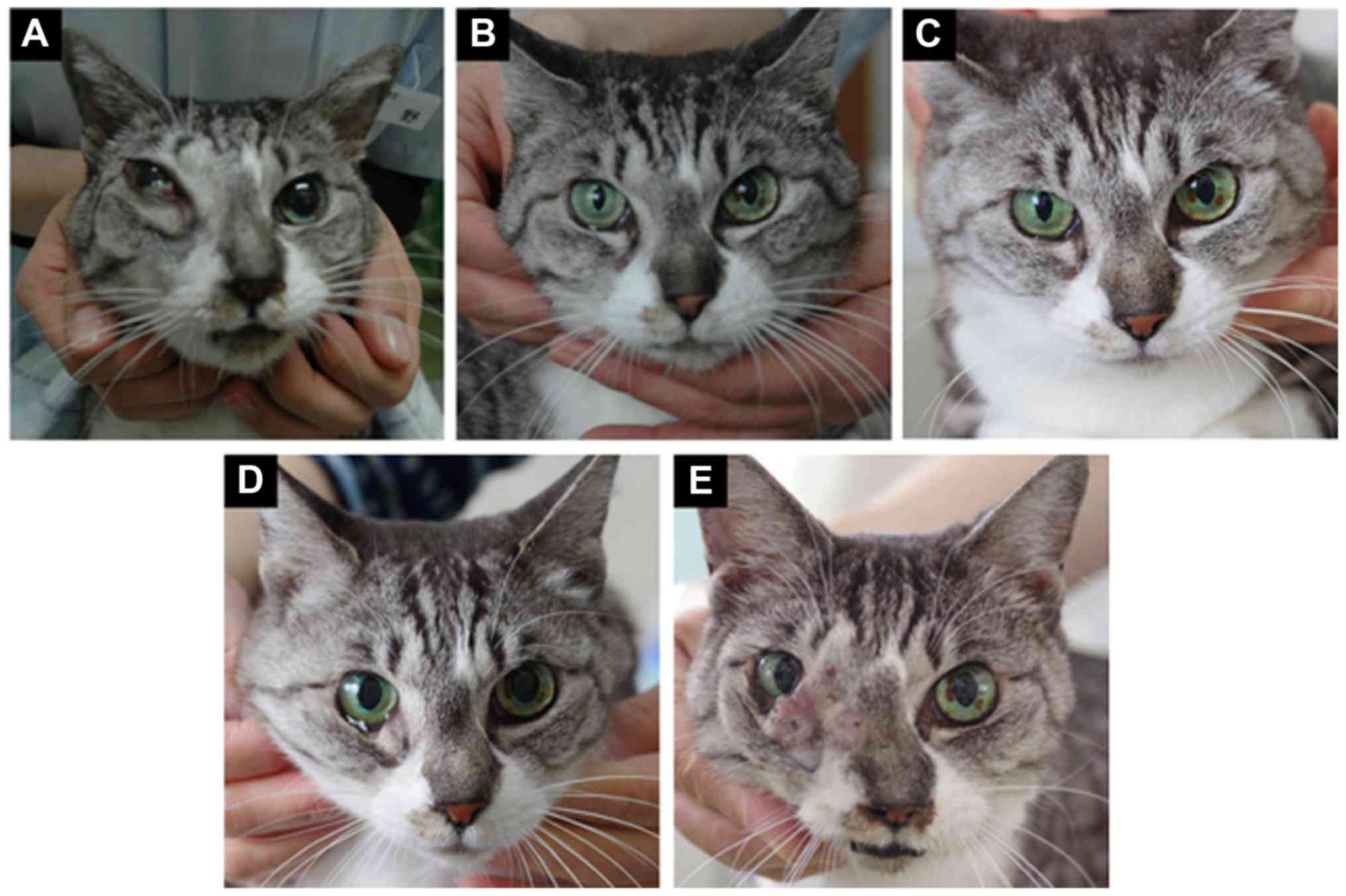
Photohyperthermal Therapy Using Liposomally Formulated Indocyanine Green For Feline Nasal Lymphoma A Case Report
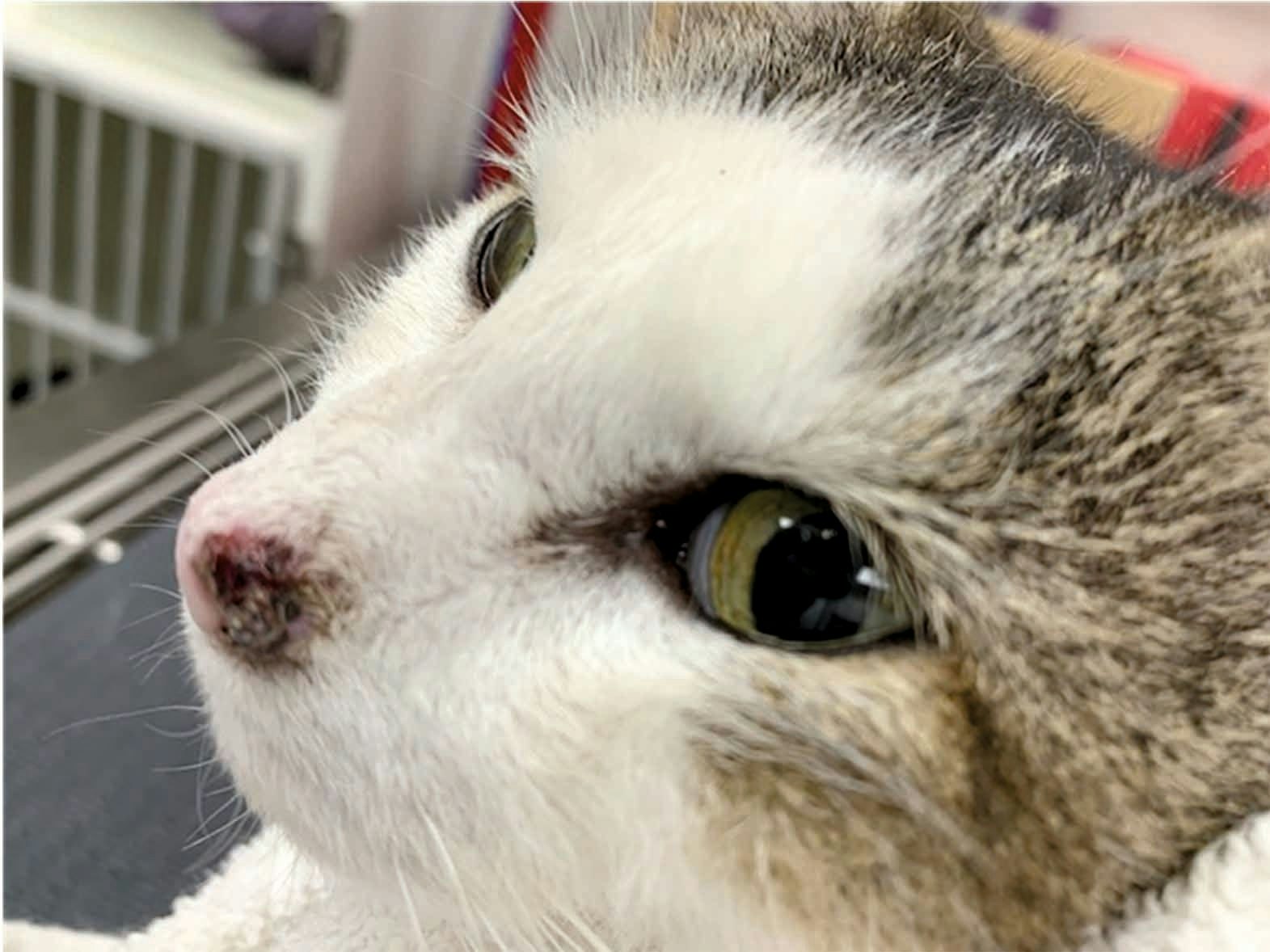
Diseases Of The Feline Nasal Planum Vet Focus

Facial Distortion And Epiphora In A Cat With A High Grade Large B Cell Download Scientific Diagram
